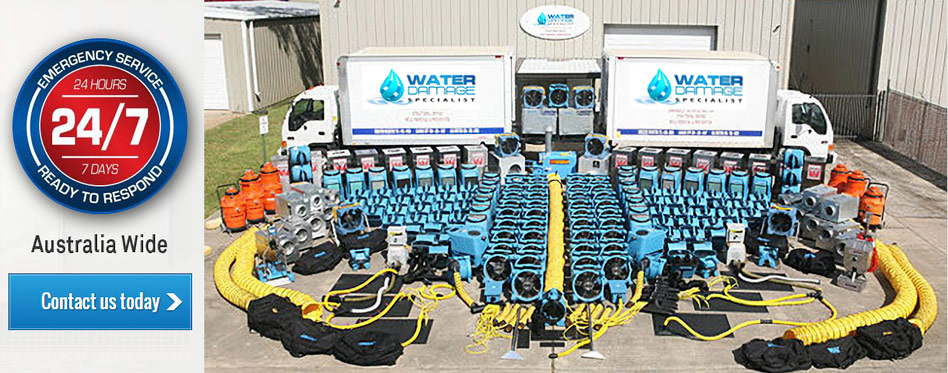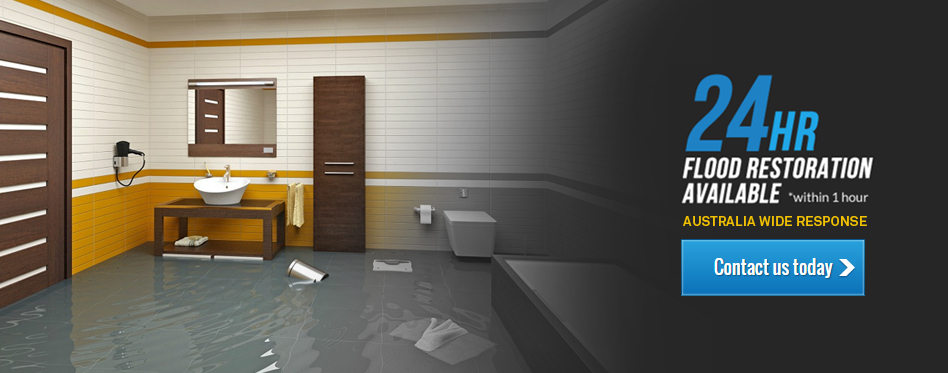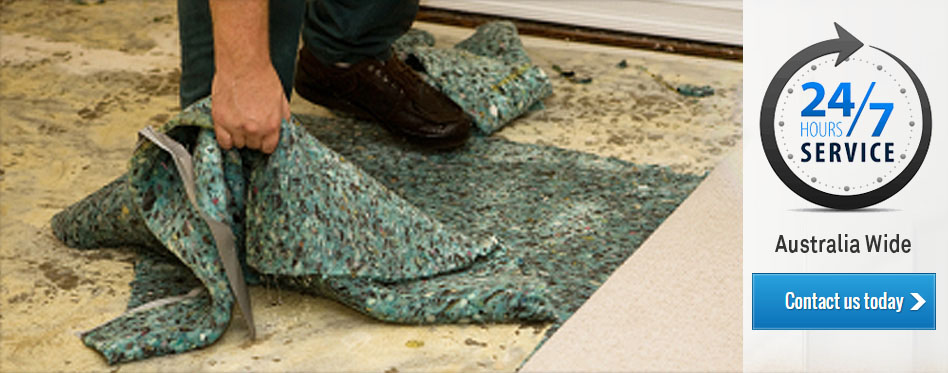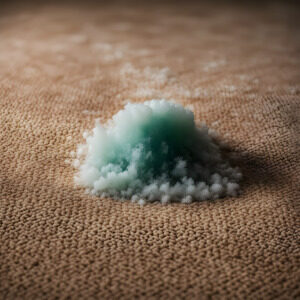Mould Prevention: The Proper Way to Dry Water Damaged Carpet
For DIYers tackling water-damaged carpets, remember that mould starts forming rapidly when carpets get wet. While professionals are the best option, if you choose the DIY route, here’s a quick guide to minimizing mould growth after flooding.
- Clear the Floor: Before embarking on the carpet restoration process, ensure the floor is clutter-free. Relocate all items from the affected area to create space not only for work but also to access the carpet beneath the furniture.
-
Water Removal: The initial and crucial step is to extract as much water as possible from the carpet. To extract as much water as possible, a wet/dry vacuum is your best ally. If you don’t already have one, consider purchasing or renting it before you begin.
-
-
Dehumidifier: Following the removal of excess water with a wet/dry vacuum, deploying a dehumidifier is essential in the water-damaged carpet restoration process. This step holds particular importance as the dehumidifier plays a vital role in reducing excess moisture and humidity levels. It also helps cool the air and inhibits the growth of mildew and mould.
-
Speed Drying: Enhance the drying process by setting up multiple fans, opening doors, and turning on the air conditioning. This expedites the drying process and complements the dehumidifier’s work in maintaining optimal humidity levels.
-
Walls and Baseboards: Don’t forget to sanitize all surfaces that come into contact with the water, especially if it is rainwater or any unsanitary source. A mixture of one-part bleach and two parts water, along with gloves, can be used to scrub and disinfect these surfaces.
-
Furniture Check: Before reintroducing furniture into the affected room, thoroughly inspect it for any water damage. If you observe any signs of water damage, follow the manufacturer’s instructions on how to clean and restore it.
By following these comprehensive steps, you’ll not only expedite the carpet restoration process but also ensure a safer and healthier environment for your home in the aftermath of water damage.
- Navigating Insurance Claims for Water or Flood Damage in Your Australian Home - December 5, 2023
- Understanding the Environmental Impact on Water Damage in Homes - November 27, 2023
- Navigating the Dynamics of Flood Zones in Melbourne: Understanding Risks, Impacts, and Resilience Efforts - November 24, 2023






